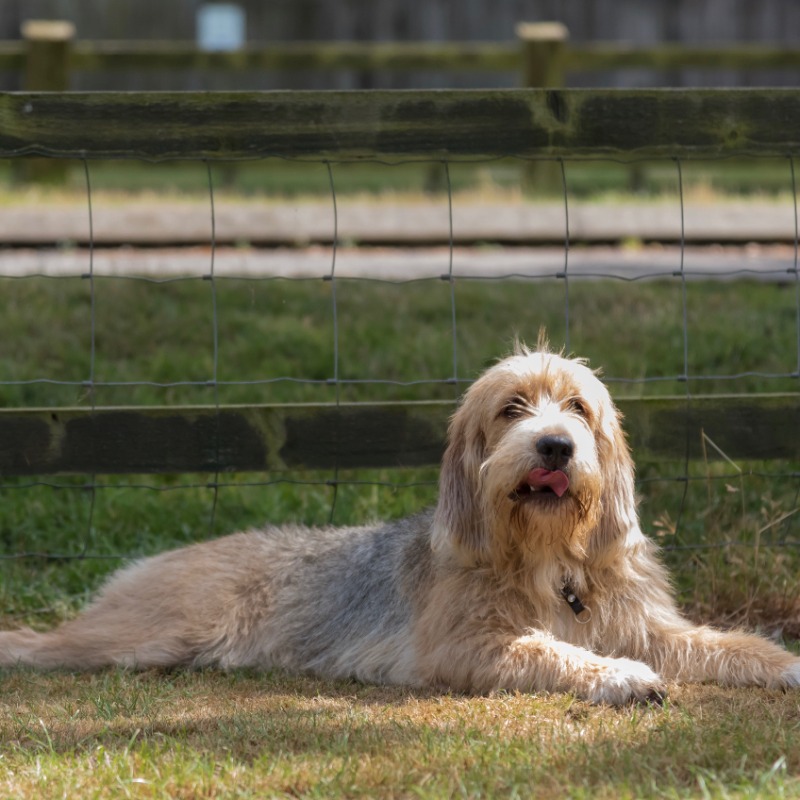Breeds
Otterhound

GROUP 4 - HOUNDS
Brief History
Otter hunting was first recorded in England during the reign of King John (1199-1216). Historically otters were classed as vermin, as they seriously lowered the numbers of fish in the rivers and breeding ponds, and the fish formed a large part of the middle and lower class people’s diet. A range of dogs was used, in assorted packs, until in the late 1880’s the Masters of the Hunt Packs bred a specific breed from French Griffon style dogs crossed with Bloodhounds and this became the Otterhound.
Spreading population, chemicals and guns all contributed to the decline in otter numbers. Hunting was banned and otters were declared a protected species in 1977. Most packs had disbanded by this time, and the Otterhound only survived through one kennel and a few devoted followers preserving the breed. They are now a minority breed and quite rare.
Average Life Span
When considering a dog please realise that you are taking it on for its lifetime.
The average life span is 12 to 13 years.
Temperament
Amiable, even tempered.
General Breed Description
This unique looking breed is a strong, sturdy hound characterised by its imposing and majestic head with long pendulous folded ears, longish rough harsh waterproof coat, and big round webbed feet.
As he is historically a pack hound, he is a good social dog who needs company and life going on around him and he lives harmoniously with other dogs and humans. Training should be firm and consistent and start at an early age due to his hunting instinct.
Otterhound colours are all hound colours, whole coloured, grizzle, sandy, red, wheaten and blue.
Coat and Care Requirements
The Otterhound coat is one of the most waterproof of all the breeds and hard to wet through to the skin. It can have a slight oiliness and needs regular brushing. The ears particularly need to be watched for any irregularities such as yeast infections.
Daily exercise is recommended.
Size
Height: Males 63 to 69cms (25 to 27ins), Females 61 to 66cms (24 to 26ins).
Health
All breeds have individual health issues. When speaking to breeders it is recommended you enquire about breed’s health and what health testing the breeder does. The Otterhound is generally a healthy breed. However, health conditions will occur.
Suitability
A character dog, and good companion, but needs security and some coat maintenance to keep him clean. He will suit both the family and the single person.
In Conclusion
Now you know a little more about this breed. If you have decided this is the dog for you and wish to investigate further, please contact the Breed Club or Dogs Victoria. They will be able to give you information about available puppies and also suggest dog events where you can see the breed and speak to breeders. In this way you will gain a better perspective of the breed and its needs. With any breed of dog, it is important to research and determine suitability for your lifestyle before committing to a puppy which will be a part of your family for many years to come.
Whilst many breeds are recommended for families, it is imperative that when children are with dogs they are supervised at all times. Basic obedience training is a vital part of dog ownership.
Dogs Victoria is about the responsible ownership of all dogs and in particular the preservation of pure breeds.
Link to Dogs Australia Breed Standard https://dogsaustralia.org.au/breed/detail/143
Breeders
Sorry, there are currently no breeders advertising for this breed. If you are a registered Dogs Victoria breeder and wish to advertise here please create an advertisement here.



